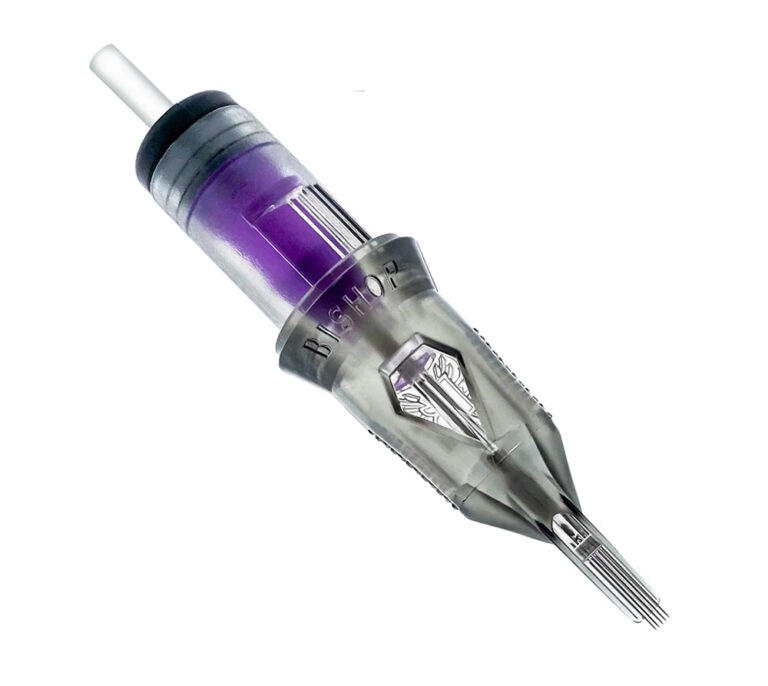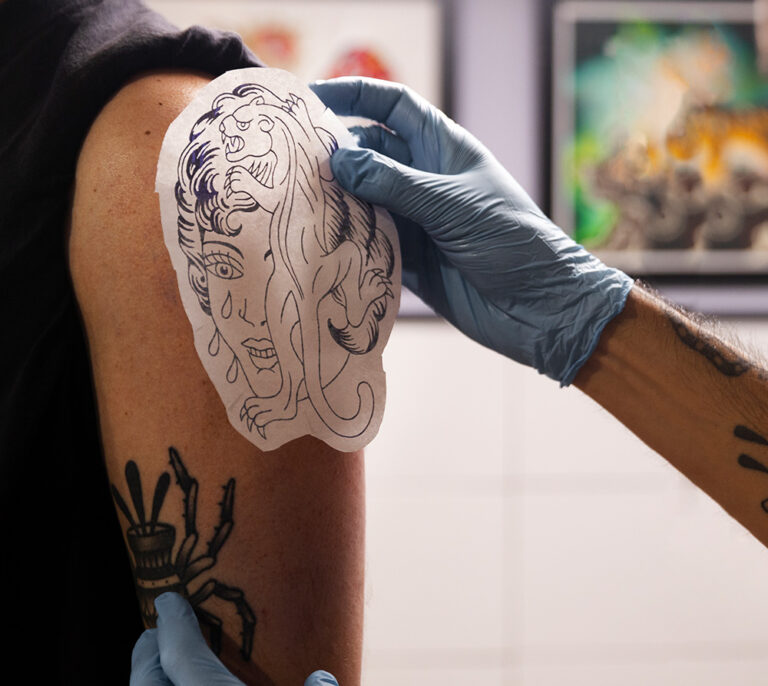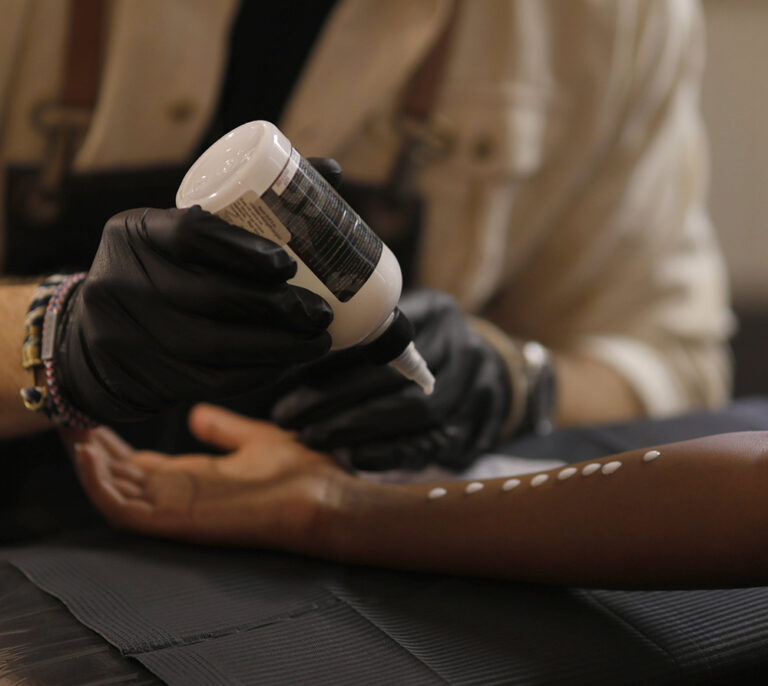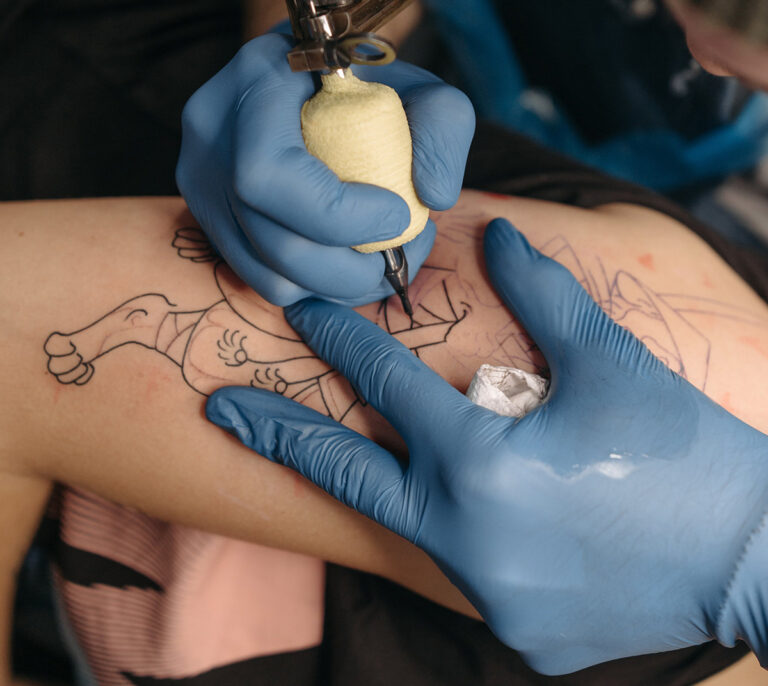Tattoo Stencil Paper
What is Stencil Paper?
Nobody wants a wonky tattoo. Stencil paper acts as a safety net, preventing those "oops" moments. It lets the artist visualize the design on your skin before the real ink action begins. It's like a trial run, ensuring everything looks just right.
Think of tattoo stencil paper as the architect's blueprint before constructing a masterpiece. It's the foundation of your tattoo design, giving the tattoo artist a clear roadmap, and ensuring the design lands exactly where it should be.
The Temporary Tattoo Dress Rehearsal: One of the cool features of stencil paper is its temporary nature. It's like a sneak peek or a dress rehearsal for your tattoo. The artist applies the stencil to your skin, creating a clear outline. Once the real ink work is done, the stencil disappears, leaving only the permanent masterpiece.
Types of Tattoo Stencil Papers
Thermal Stencil paper
Hectograph Stencil paper
Thermal paper is like the tech-savvy sibling, relying on thermal printers or stencil machines for precision. Hectograph paper, on the other hand, involves the artist tracing the design onto the paper using pressure. Both get the job done, but the method adds its unique flair to the process.
- Thermal Stencil Paper
The thermal paper is loaded into the machine, and when heat is applied, the design is transferred onto the paper. It's a bit like a thermal love story – heat meets paper, and your tattoo design becomes a reality.
Precision Personified: One of the standout features of thermal stencil paper is its precision. The process ensures that even the tiniest details of your design are captured with clarity. This is especially crucial for intricate tattoos where precision can make all the difference.
Time-Saving Wonder: Time is of the essence in the tattoo world, and thermal stencil paper is a time-saving wonder. The quick transfer process means less time spent on prep work, allowing the artist to dedicate more time to the artistry of the tattoo itself.
*It Can be used with thermal printer
I've tried many different brands of stencil paper but for my needs and style, I prefer ghost paper which does small details and fine lines efficiently.
How It's Made
Now, let's step into the manufacturing process. The magic happens in the creation of a thermal coating on one side of the paper. This coating is often made up of a mix of dyes and chemicals that are sensitive to heat. When this coated side is exposed to heat, like from a thermal printer or a stencil machine, the dyes react and transfer the design onto the paper. The heart of thermal stencil paper lies in its interaction with heat.
- Hectograph Stencil Paper
Hands-On Tattoo Magic: One significant aspect of hectograph stencil paper is the hands-on nature of the process. The artist actively engages in the transfer, carefully tracing the design onto the paper. This tactile connection can add a personal touch to the preparation phase of your tattoo.
Why Choose Hectograph Stencil Paper? Tattoo artists may choose hectograph stencil paper for a variety of reasons. Some appreciate the tactile and traditional approach, while others find it well-suited for specific types of designs. It offers an alternative for artists who prefer a more hands-on connection with the transfer process.
The transfer process with hectograph paper involves not just the design but the artist's skill in ensuring a clean and accurate reproduction. It's a blend of artistry and craftsmanship that adds a layer of authenticity to the overall tattooing experience.
How It's Made
Carbon Copy, Old-School Style: Think of hectograph paper as the classic carbon copy method. The pressure applied during the transfer process causes the pigment to adhere to the paper, creating a carbon-like copy of the original design. This is where the traditional charm comes into play.
4 Steps to Apply Stencil
Step 1. Shave: shave the area where you want your tattoo. A smooth surface is key for the stencil to adhere properly, ensuring precision in the final inked masterpiece.
Step 2: Alcohol: Next, wipe the freshly shaved area with alcohol. This not only disinfects the skin but also removes any lingering oils or residue. A clean surface is crucial for optimal stencil adhesion.
Step 3: Stencil Cream: Now, introduce the secret weapon – stencil cream. Think of it as the primer for your tattoo canvas. Apply the stencil cream generously, creating a supportive foundation for the stencil to latch onto. This step enhances the longevity and clarity of the tattoo design.
Step 4: Apply Stencil: With the canvas prepped and the stencil cream creating a perfect surface, it's time to apply the stencil. Carefully press the stencil onto your skin, ensuring an even and secure adhesion. This step is the bridge between your envisioned design and the tattoo artist's skilled execution.
Conclusion
Stencil paper is there to make sure your tattoo experience is smooth and precisely on point. So there you have it – the lowdown on tattoo stencil paper. It's the unsung hero that ensures your tattoo vision becomes a reality. The next time you're in the tattoo chair, take a moment to appreciate the stencil paper





